If you appreciate classic cars It is innovation stories, you need to know the Ventura, a vehicle that represents the pinnacle of Brazilian automotive creativity. Created by L'Automobile Vehicle Distributor Ltd., a national manufacturer founded in 1975 in São Paulo (SP), the Ventura is more than a car. It is a symbol of Brazilian talent in transforming dreams on wheels into reality.
In this article, we'll explore the fascinating history of the Ventura, from the rise of L'Automobile to the rebirth of the model abroad. Discover how a national car, based on the simplicity of Volkswagen mechanics, has become an icon of design and engineering.
The Origin of L'Automobile Vehicle Distributor Ltda.
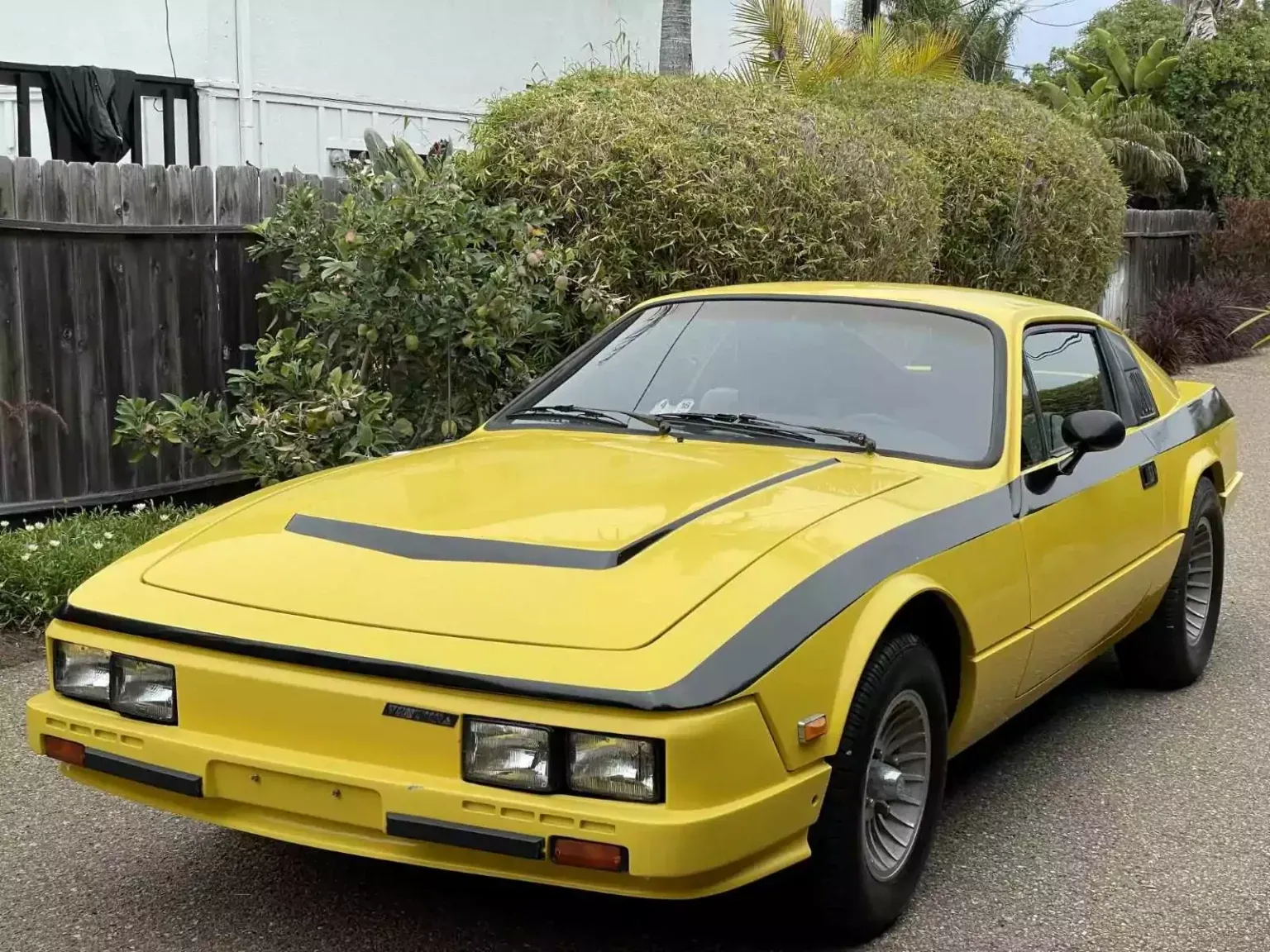
The story begins in 1975, when Claudio Campuzzano It is William Pardo founded L'Automobile. The company had a bold proposal: to manufacture replicas of historic automobiles using simple mechanics, such as engines Volkswagen air. Production was focused on fiberglass cars, offering lightness and durability.
However, in 1978, during the XI Automobile Show, the company went a step further by introducing the Ventura, a sports coupe that would soon stand out in the national and international market.
The Rise of Ventura: Brazilian Innovation
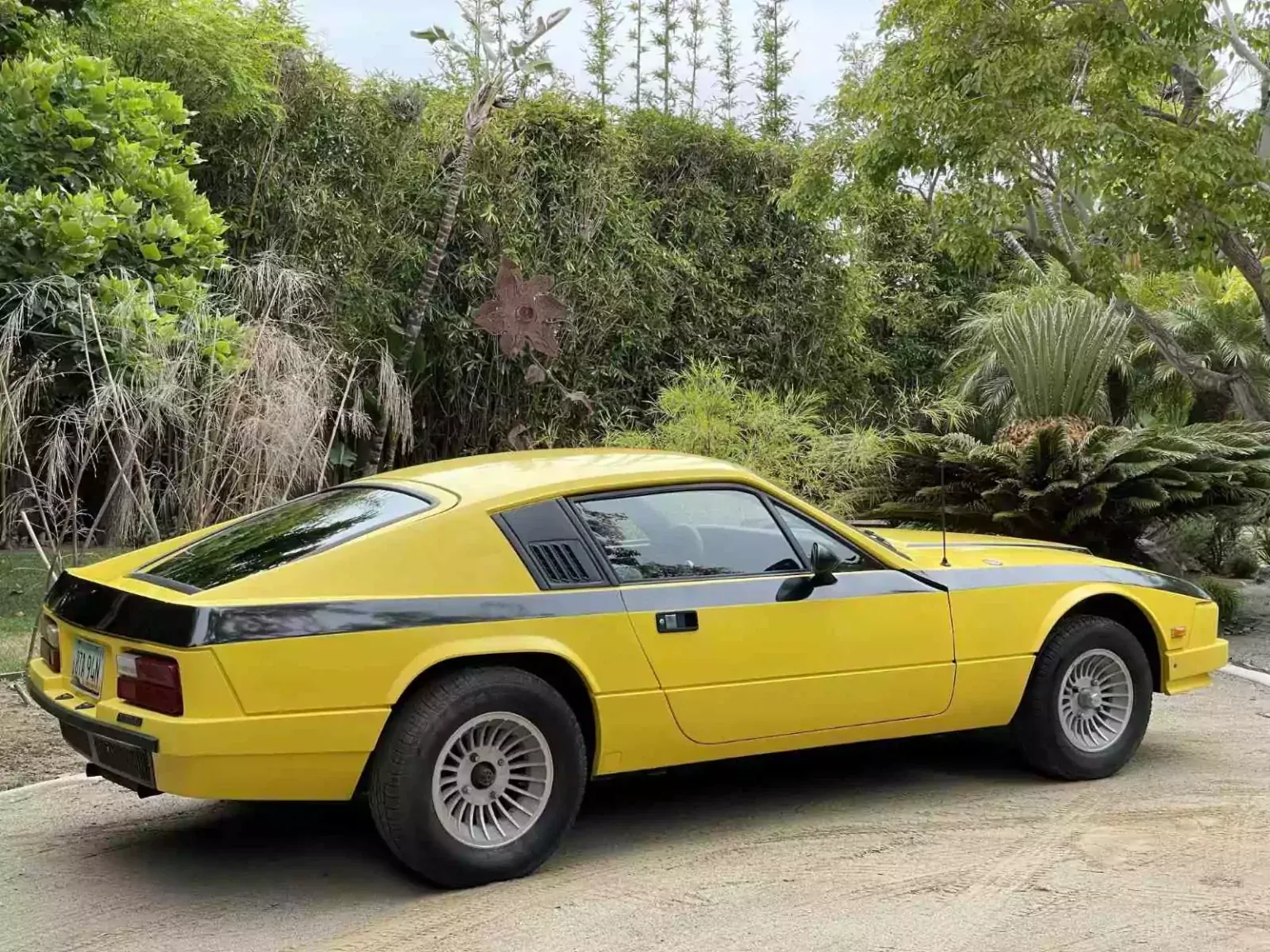
Ventura was an example of how to make the most of the resources available in Brazil at the time. Using the Ventura platform, Volkswagen Brasilia, he brought the engine from Volkswagen Variant II, headlights of the Dodge Polara and taillights of the Alfa Romeo SL. This combination resulted in a unique and futuristic look.
The model attracted so much attention that some units were exported to Europe and the United States. L'Automobile began operating in new facilities in São Bernardo do Campo (SP) in 1981, where it produced about 60 units per month. In XII Automobile Show, the company launched the Ventura RS, a more modern version equipped with the 1.6 engine of the Volkswagen Passat, now water-cooled.
The Difficult Years and the Closure
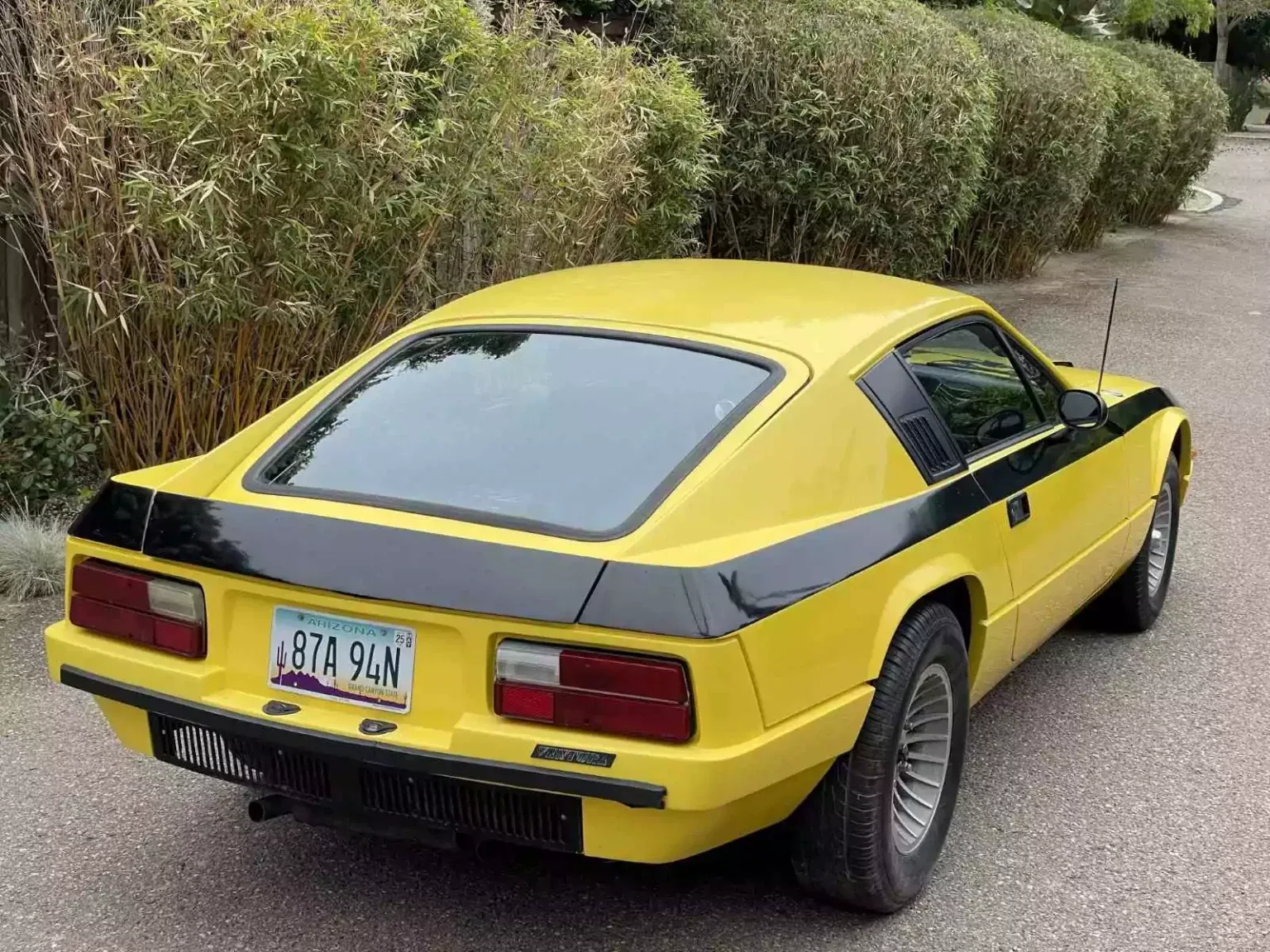
Despite its initial success, Ventura did not escape the difficult economic reality of Brazil in the 1980s. 1983, in the midst of the recession, L'Automobile closed its activities. The molds and projects were put up for sale, marking the end of an era.
But even with production ended, the Ventura found a new life abroad. Some examples reached markets such as the United States, where they became relics desired by collectors.
Ventura Today
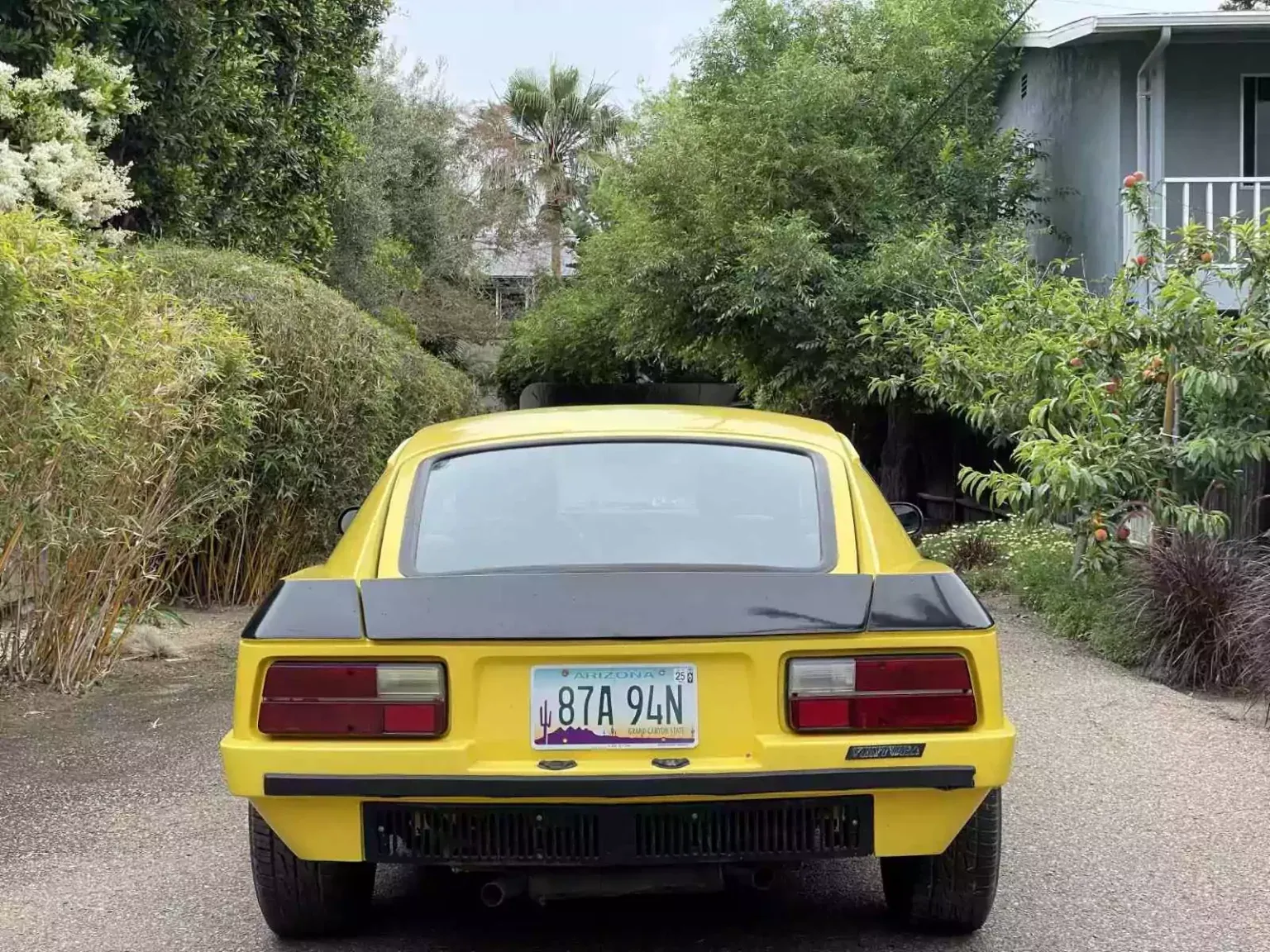
A recent example of the Ventura's durability and appeal is a model on sale in United States, more specifically in California. This car is a true piece of preserved Brazilian history. Assembled in Brazil on a Volkswagen chassis, it features the characteristic fiberglass body, painted in vibrant yellow with black stripes.
Western alloy wheels measuring 13 inches at the front and 14 inches at the rear, mounted with tires Bridgestone Potenza, enhance its sporty look. The interior is no slouch: bucket seats in black and gray upholstery, a black vinyl dashboard and an AM/FM stereo with cassette player complete the vintage experience.
Technical specifications
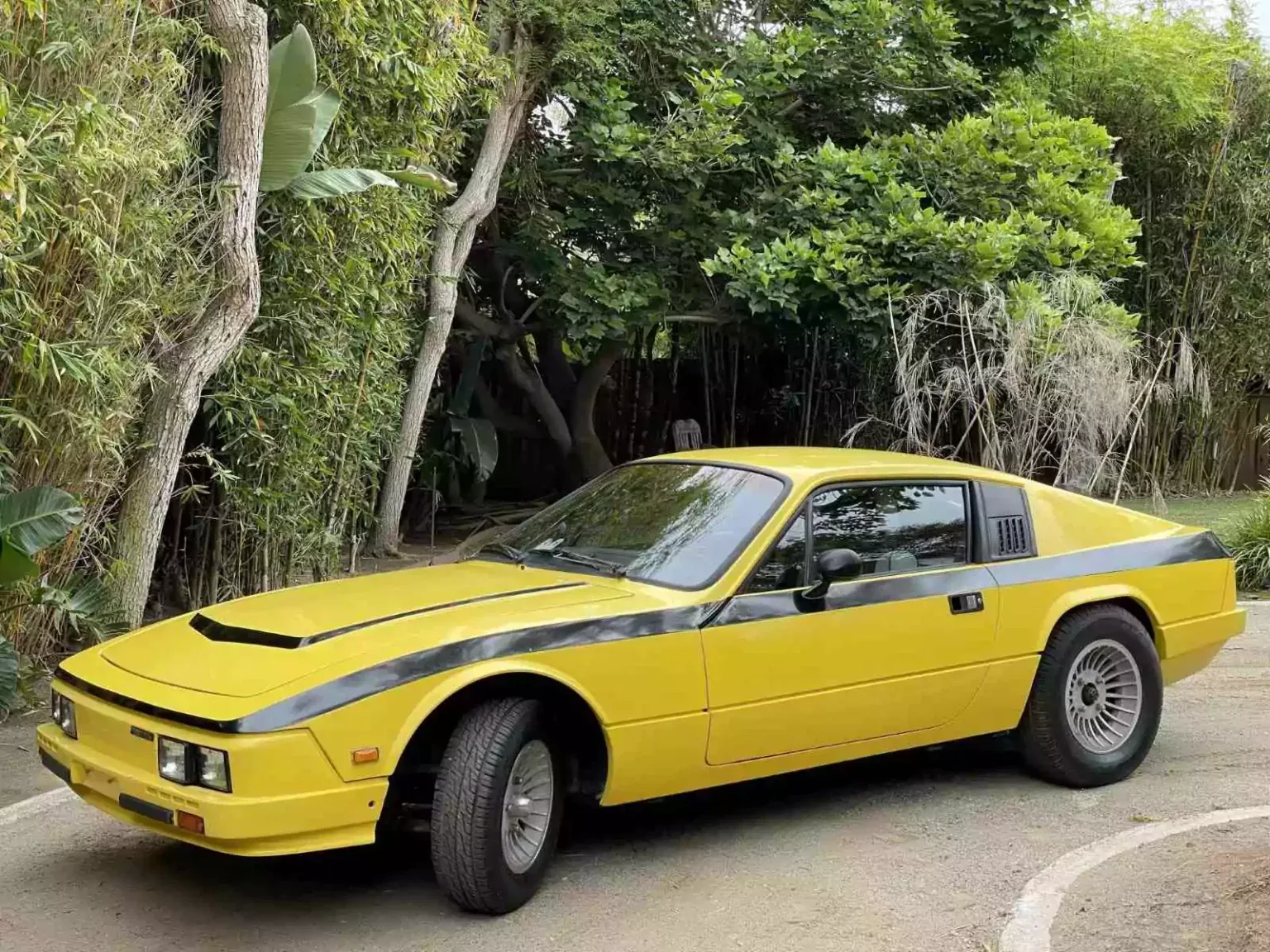
The heart of this Ventura is an engine boxer 1.6L with dual carburetors, providing a classic driving experience. The transmission is manual, with a four-speed transaxle, allowing the driver to feel each gear.
The body was repainted under previous ownership but retains original details such as quad headlights, dual wing mirrors and Ventura emblems. Instruments on the dashboard include a VDO tachometer of 7 thousand rpm and a speedometer Chronomac, reinforcing authenticity.
Comfort Details
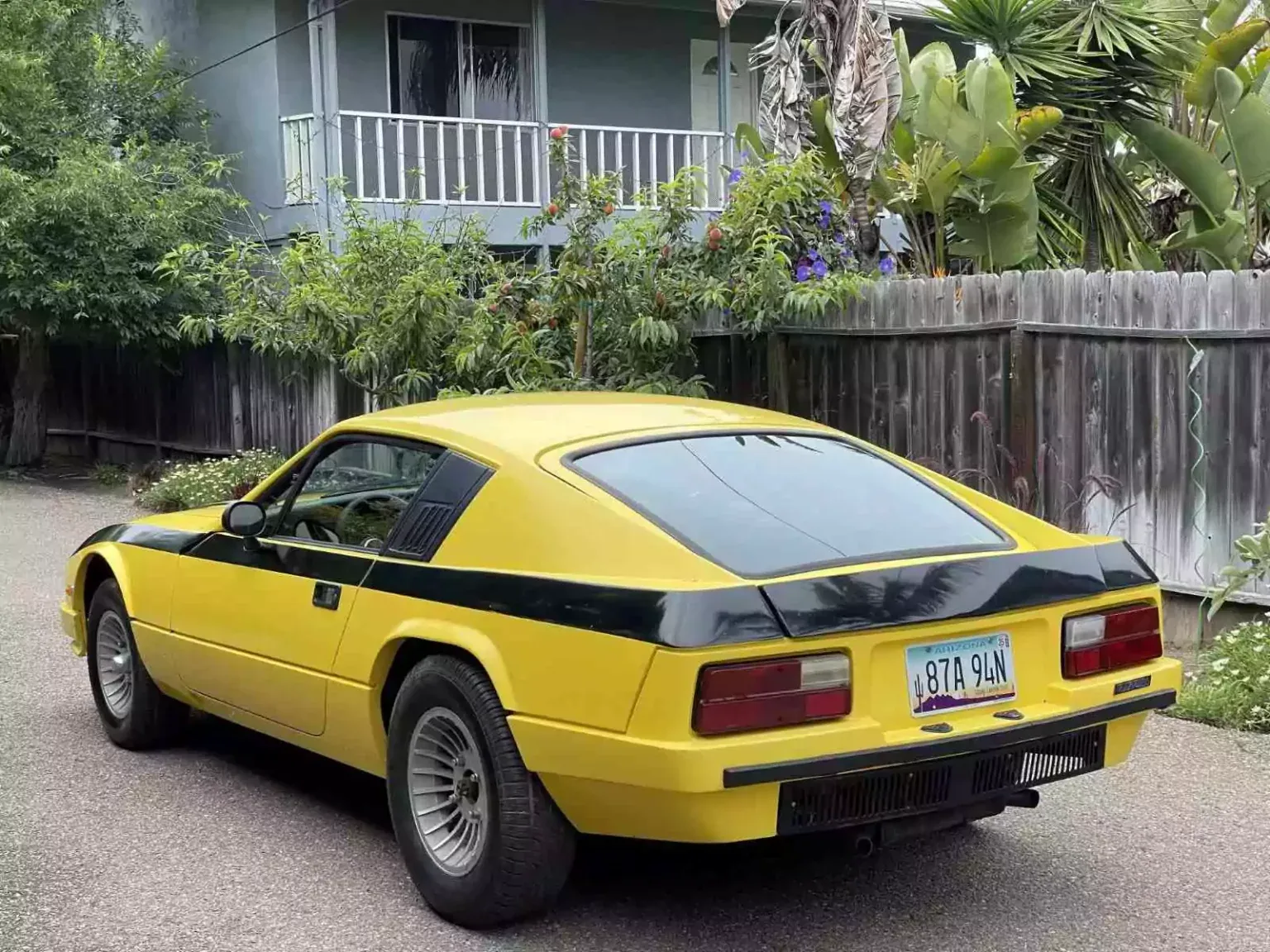
Inside, the car offers a balance between style and functionality. In addition to the sports seats, there are three-point seat belts and adjustable controls for the rearview mirrors. Black floor mats and a gear lever with golf ball knob add a retro touch.
The stereo with cassette player and built-in equalizer is a nostalgic reminder of the 1980s, while the three-spoke steering wheel reinforces the sporty character. All this demonstrates L'Automobile's care in creating a car that is both functional and sophisticated.
The Value of Ventura Today
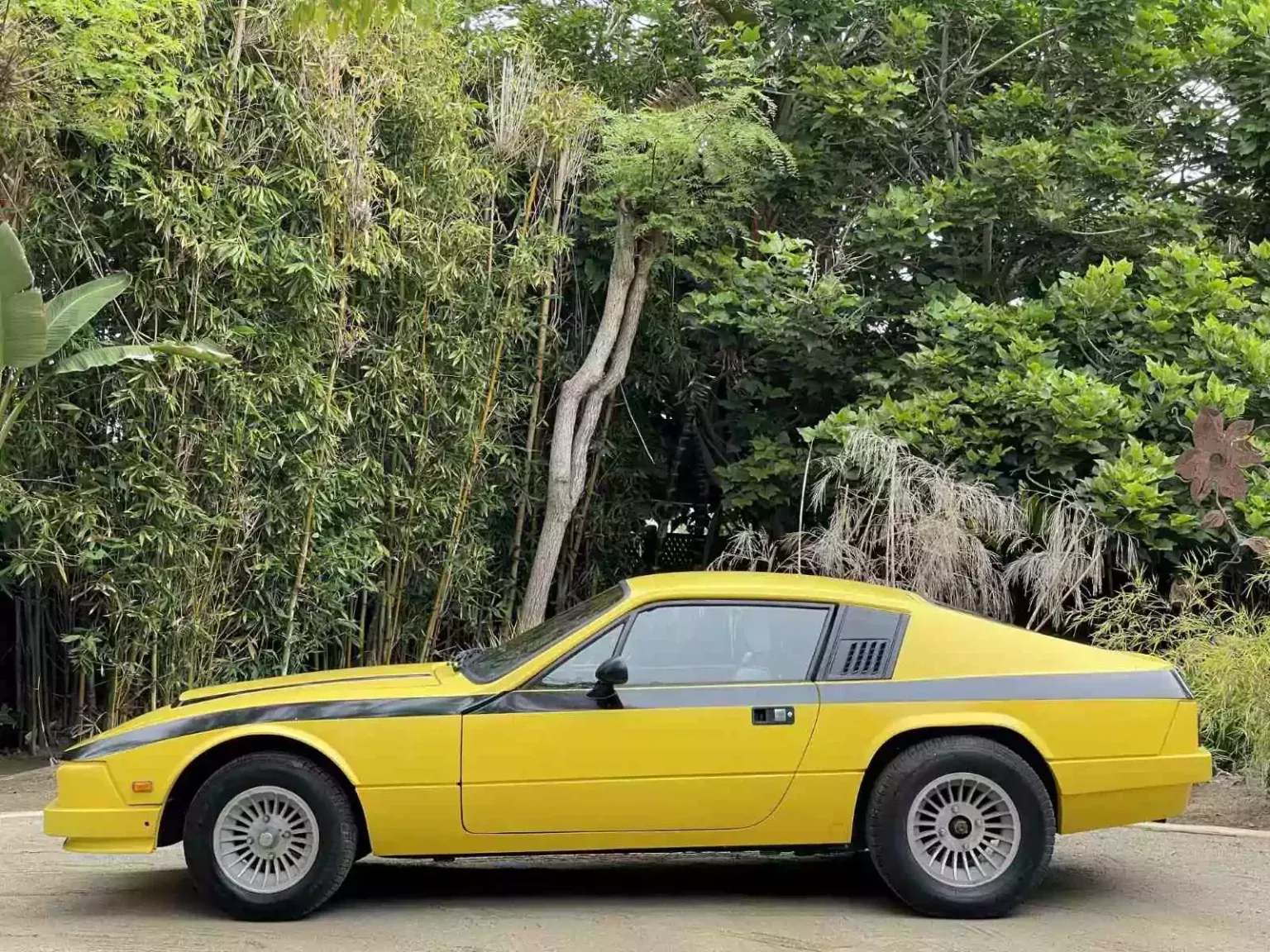
In the United States, this Ventura is listed with a clean Arizona title, but interestingly it is registered as a 1989 Puma. This discrepancy reflects the difficulty in categorizing such unique cars.
In the international market, a model like this can easily surpass the R$ 150 thousand, depending on its condition and originality. This value reflects not only the quality of the car, but also the global recognition of Brazilian creativity.
Why is Ventura Important?
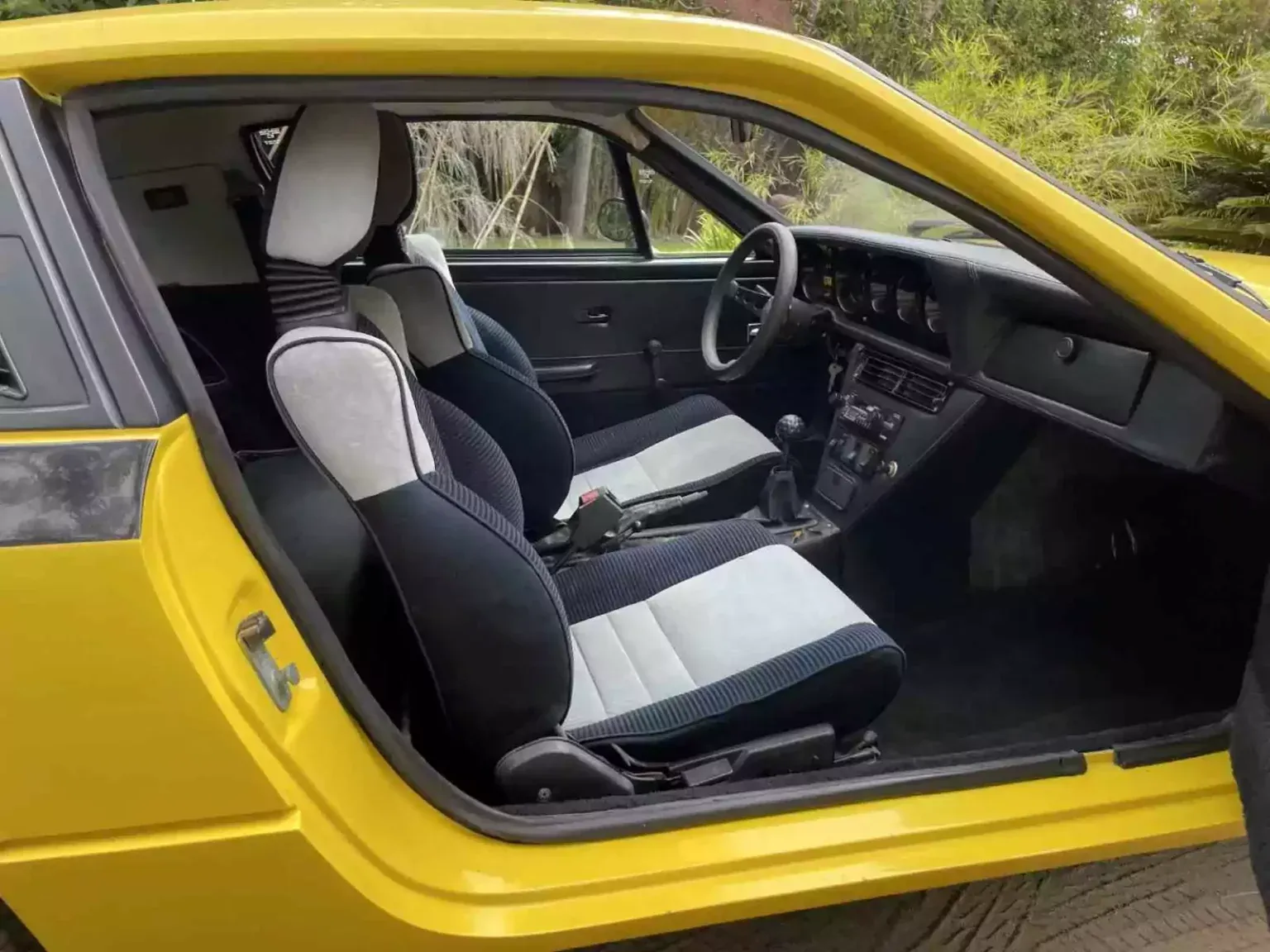
The Ventura is more than a car; it's a testimony of Brazilian capacity to create innovative vehicles even in challenging times. It is also a symbol of how Brazilian classic cars can be desired abroad, celebrating the national automotive history.
Furthermore, its history shows that with visionary design and practical engineering, it is possible to create something lasting. Even decades after its launch, the Ventura is still admired by collectors and enthusiasts around the world.
Conclusion
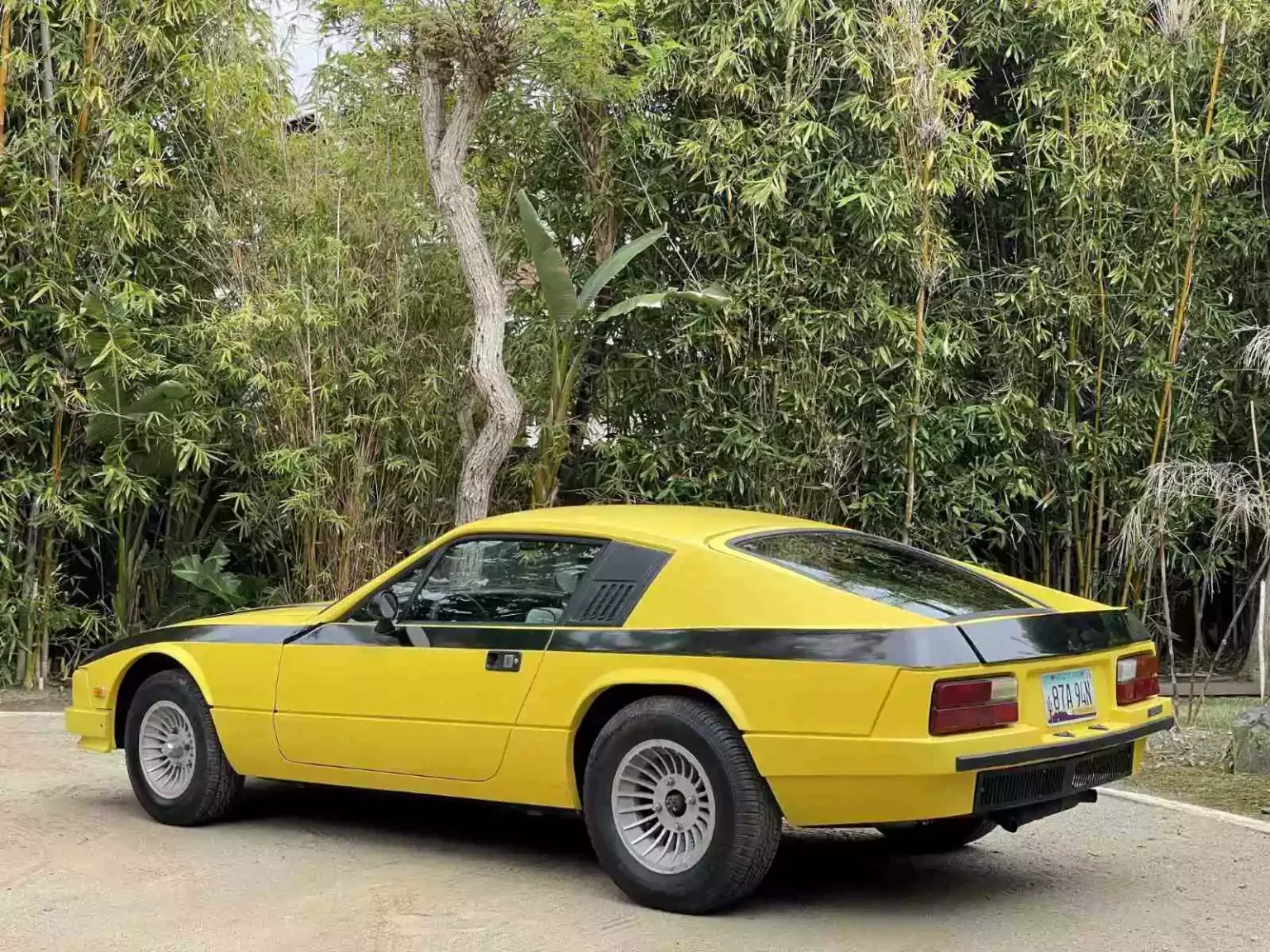
You, as a lover of classic cars, cannot ignore the impact of the Ventura. It is proof that Brazil has had – and still has – a relevant role in the global automotive industry. The story of this model, from its origins in São Paulo to its presence on the streets of California, is a reminder of how innovation and passion can overcome even the most difficult challenges.
If you have the opportunity to see a Ventura in person, remember that you are looking at a living piece of the Brazilian engineering. It is not just a car, but a icon that transcends generations, taking with it the creativity and talent of a country.
The Ventura continues to be an inspiration, showing that even challenging projects can shine and conquer the world. After all, what is a car if not the reflection of a dream turned into reality?









